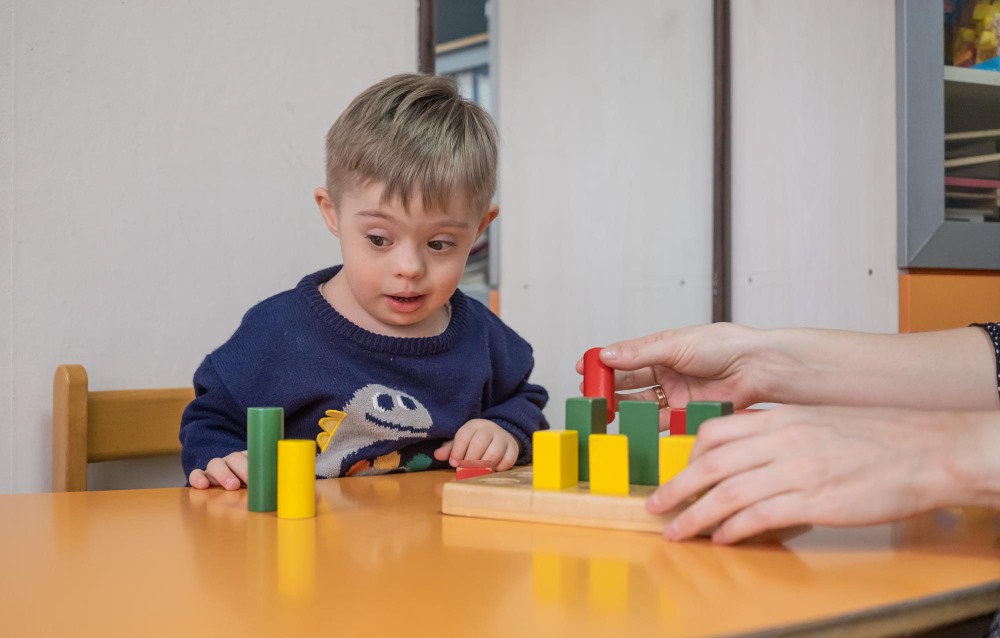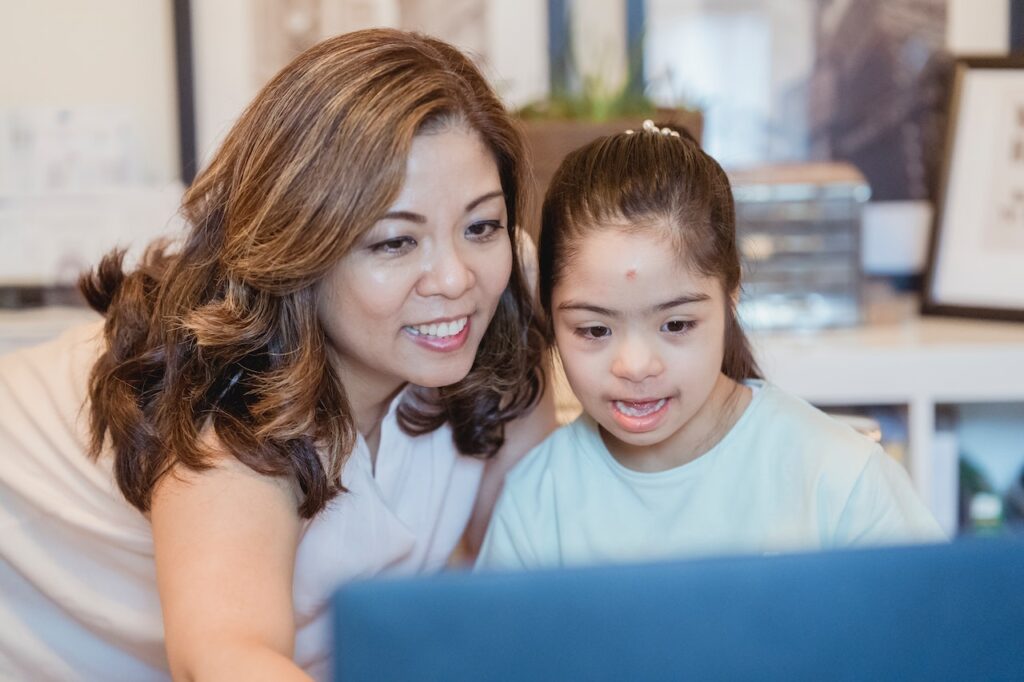
One of the telling characteristics of autistic children is the unconventional and abnormal behavior which in their case is not forced but spontaneous. Such behaviors include self-injurious activities like banging one’s head on the wall or picking one’s own skin, obsessive behavior like stemming or spinning and there can be more dangerous one like kicking. All these behaviors, no matter how strong they are, can be rectified by a therapy known as behavior therapy.
Behavior therapy has been proved to be an effective treatment procedure for autistic children that includes a wide range of methods covered by the Applied Behavior Analysis, which is a fairly new psychological technique that has shown a new direction in the treatment of autism. Behavior therapy stems from the concept that all types of behavior can be analyzed and changed, irrespective of their nature and occurrence, to meet the need of the person acting out the problem behavior. This therapy seeks to rectify the problem behavior by analyzing it in terms of stimulus, response and try to stop it by offering some quantifiable reward. By studying the behaviors closely, they create appropriate measures that would stop the repetition of undesirable behavior and replace it with more favorable form of behavior pattern.
This therapy begins by closely observing the emotions, activities and responses of the autistic child in the natural setting. From this observance the behavior therapists will devise the interventions that will lead to the improvement of behavior in the autistic children and also reinforce the desirable behavior. This reinforcement will be applied in form of the process that will encourage and gradually establish the desirable pattern of behavior and over time will totally eliminate negative and undesirable behavior. This therapy also takes into consideration the factors that might positively or negatively affect the behavior of the autistic children. Visual schedule, routine, lighting and a complete change of environment may be affected to suit the demands of the patient.



